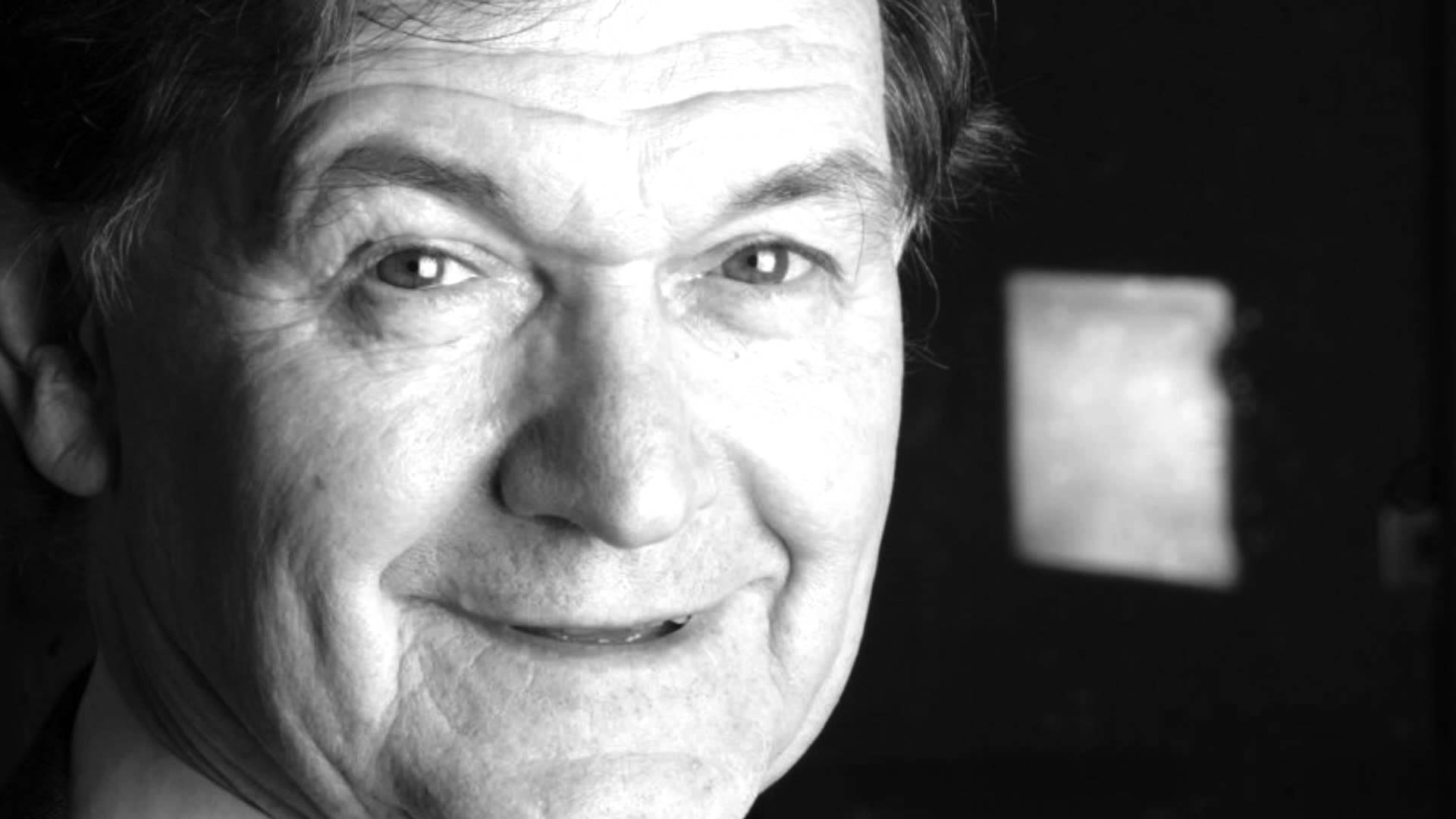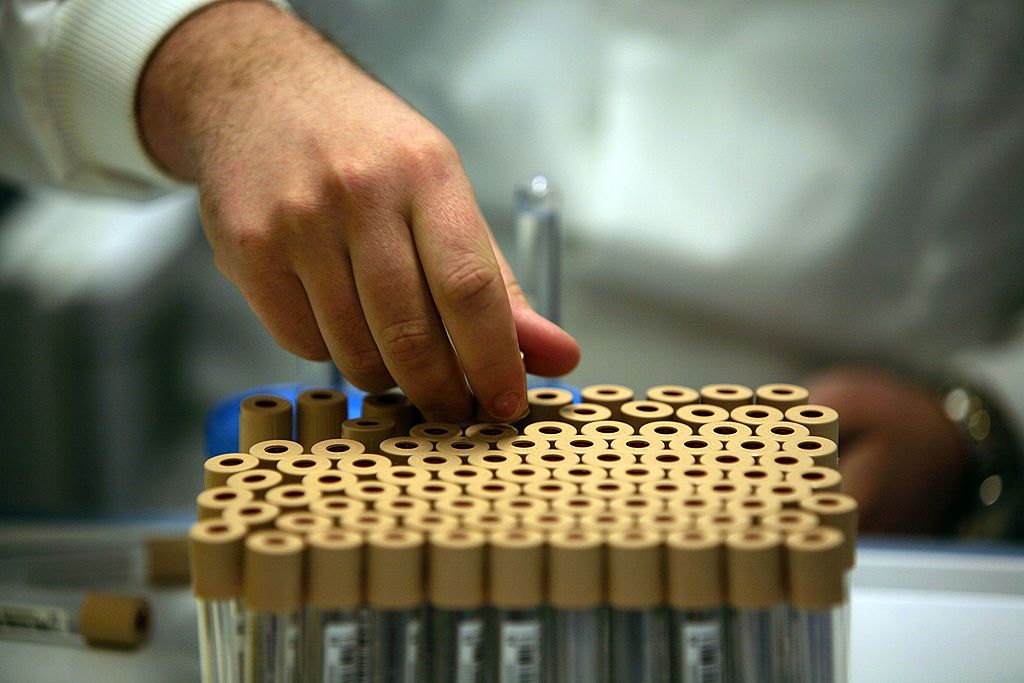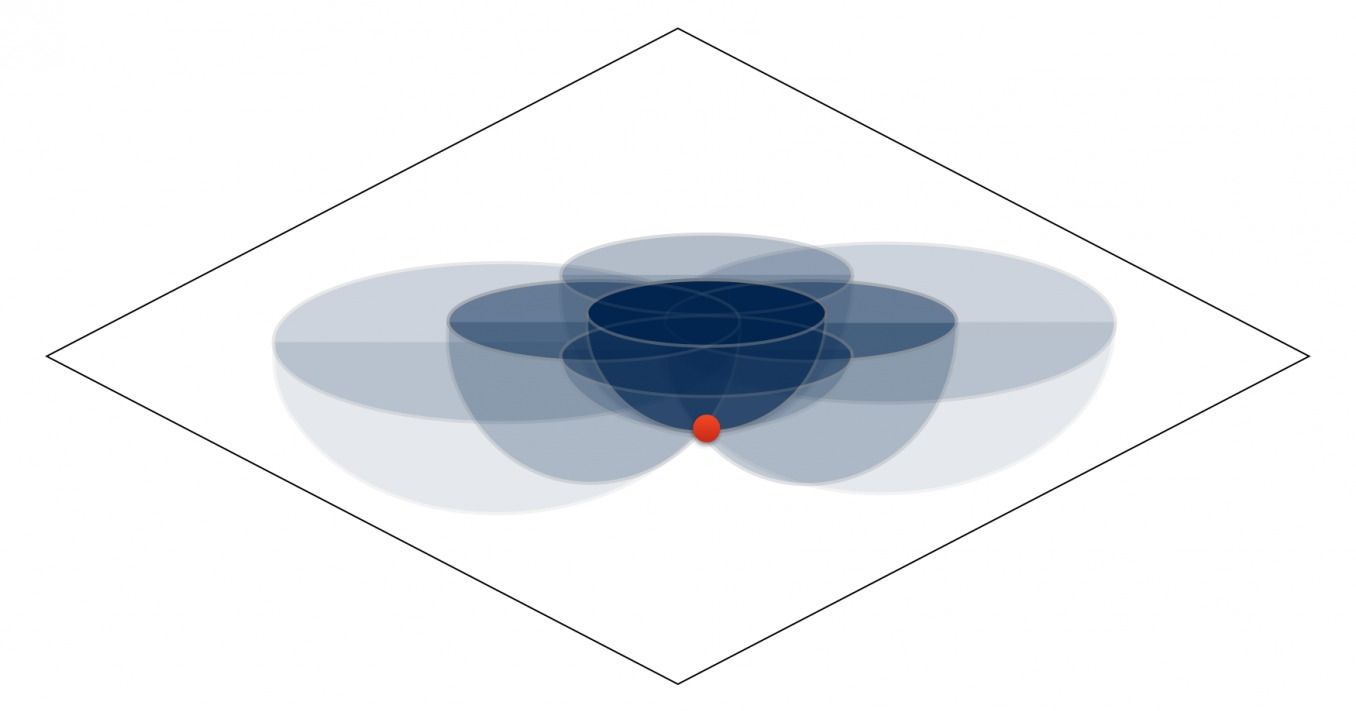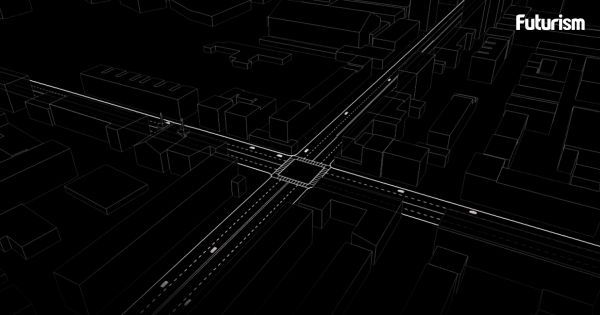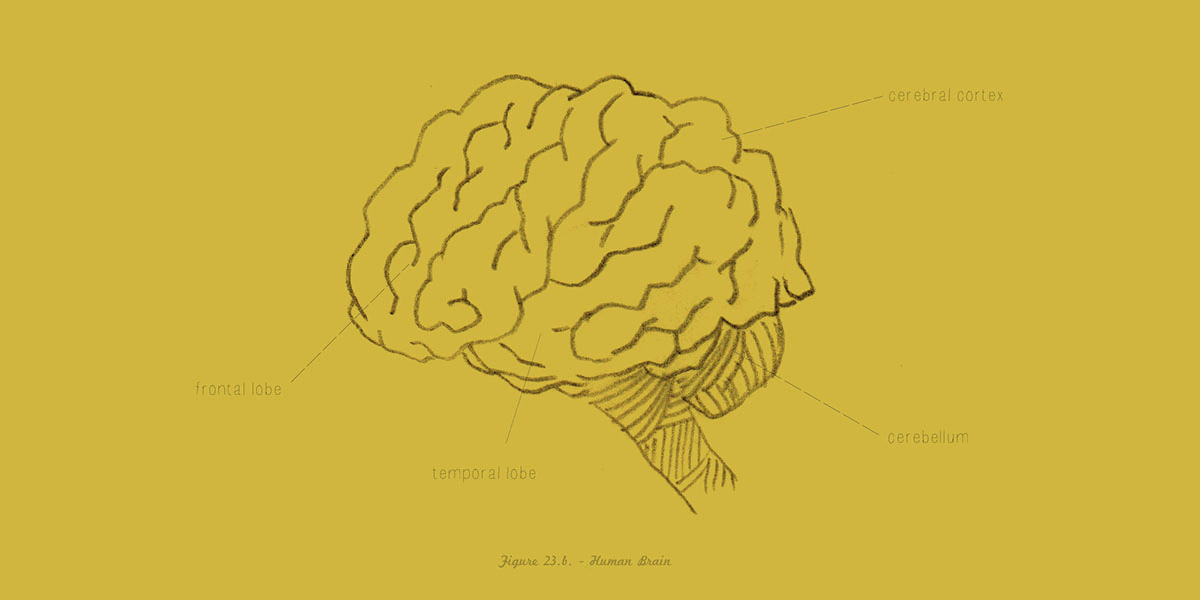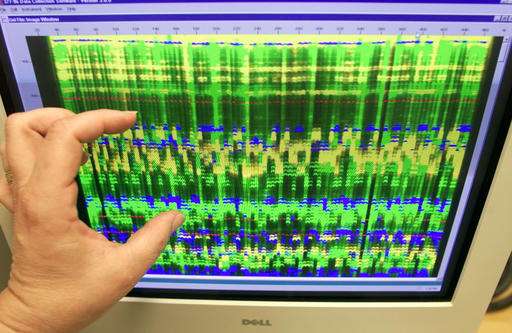More insights on human conscientious in relation to its state after we die.
Personally, (this is only my own opinion) I believe much of the human conscientious will remain a mystery even in the living as it relates to the re-creation of the human brain and its thinking and decision making patterns on current technology. Namely because any doctor will tell you that a person’s own decisions (namely emotional decision making/ thinking) can be impacted by a whole multitude of factors beyond logical information such as the brain’s chemical balance, physical illness or even injury, etc. which inherently feeds into conscientious state. In order to try to replicate this model means predominantly development of a machine that is predominantly built with synthetic biology; and even then we will need to evolve this model to finally understand human conscientious more than we do today.
Sir Roger Penrose, a mathematical physicist at Oxford University, has asked “what right do we have to claim, as some might, that human beings are the only inhabitants of our planet blessed with an actual ability to be “aware”? It is hard to see how one could begin to develop a quantum-theoretical description of brain action when one might well have to regard the brain as “observing itself” all the time! Beneath all this technicality is the feeling that it is indeed “obvious” that the conscious mind cannot work like a computer, even though much of what is involved in mental activity might do so.
